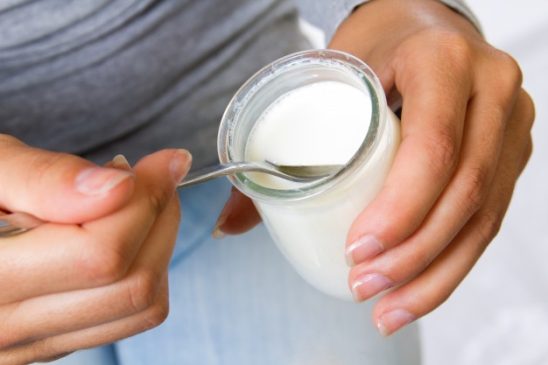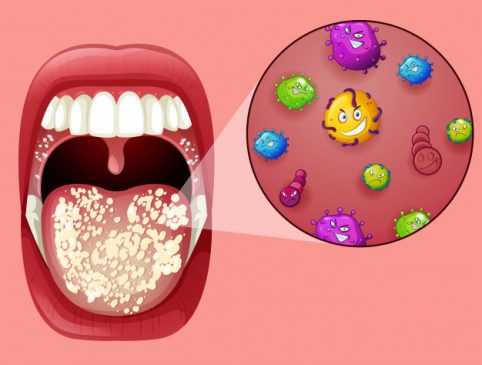Statistics show that a whopping 75% of American women contract a vaginal yeast infection at least once in their lifetime. With that kind of prevalence, you’re probably at least a little familiar with this type of infection, but did you know that adult females are not the only ones that are susceptible? Candida (aka yeast) is present in the mouth, digestive tract, and other areas as well, meaning that an infection is possible for just about anyone. Before diving in to OTC medications or trying out home remedies, you should seek a diagnosis by identifying your symptoms. Then, while you wait to see your doctor or obtain medication, you can try out a few options for some relief.
1. Genital Yeast Infections
This type of infection can cause intense itching, inflammation, and discharge. Not to be confused for the type of yeast used in the biotechnical microbial fermentation process for beer and wine, this yeast is naturally occurring and it should be present- in certain amounts. When there’s too much of it present in the body, however, is when there is an issue. A quick way to get some relief from this type of discomfort can be found right in your fridge. Unsweetened, unflavored yogurt can be applied to the affected area (yes, even down there). This kind of yogurt contains healthy bacteria that can help to restore normal levels of yeast, thus reducing the itching and irritation. It’s vital that the yogurt be plain and contain no sugar, as sugar will actually feed the yeast and cause a further increase in growth- not at all what you want! Typical prescribed treatment for this type is a vaginal insert over the course of 2-3 days, though frequent or ongoing infections may need longer treatment and/or oral medication. Due to the prevalence of this type of infection, there are now kits sold over the counter in many areas that will determine if you have a vaginal yeast infection. Many places also offer the suppository medications over the counter as well. In severe cases, however, do seek medical attention.
2. Cutaneous Candidiasis
As indicated by the term cutaneous, this type of yeast infection affects different areas of the skin. Symptoms include a red rash, itching, and in some cases an odor. The most common areas for this to develop is between fingers and toes, around the finger and toe nails, and in the folds of skin (like beneath the breasts or the bends of the groin). The best approach for relief in this situation is to apply a topical over-the-counter antifungal and anti-itch cream. Additionally, keeping the area clean and dry will help ease the discomfort as well as reduce worsening or reoccurance. Use a light dusting of cornstarch to help keep the area dry, as opposed to baby or talcum powder, which has been recently connected with certain types of cancer. Also be sure you clean up after a workout or anytime you get sweaty to prevent yeast growth, and clean the surfaces of workout equipment at home and the gym to prevent contracting infections from surface contact. Prescribed treatment for skin-level yeast infections often consist of the same medications you can purchase over the counter, like an antifungal cream, but it’s always a good idea to get confirmation from a professional.
3. Oral Thrush
As mentioned before, yeast is present in a number of different areas of the body, like the digestive tract- and that includes the mouth. Oral thrush occurs when there is a yeast overgrowth in the oral cavity. Symptoms can include cracking at the corners of the mouth, bleeding of the gums, general soreness of the mouth and gums, white patches and/or bumps on the tongue, inner cheeks, and/or tonsils, redness, difficulty swallowing, and a persistent odd or bad taste in the mouth. You may experience some but not all of these symptoms with thrush, depending on the severity of the infection. Thrush typically requires a prescribed medication, so get to your doctor asap in this case. To get some immediate relief of the discomfort in the meantime, avoid acidic and spicy foods and soothe the tissue with soft, cool or cold options like yogurt, ice cream, popsicles, and pudding. You can also try holding cold water in your mouth for some relief as needed. Discuss your oral care with your medical professional, including what products you typically use, as these can also be contributors in the infection as well as further irritation to an infection caused by other means.
Yeast infections are quite common and generally nothing to be overly concerned about, even though they can be quite uncomfortable. With that said, it’s best to treat the underlying cause. Discuss options with your doctor.



